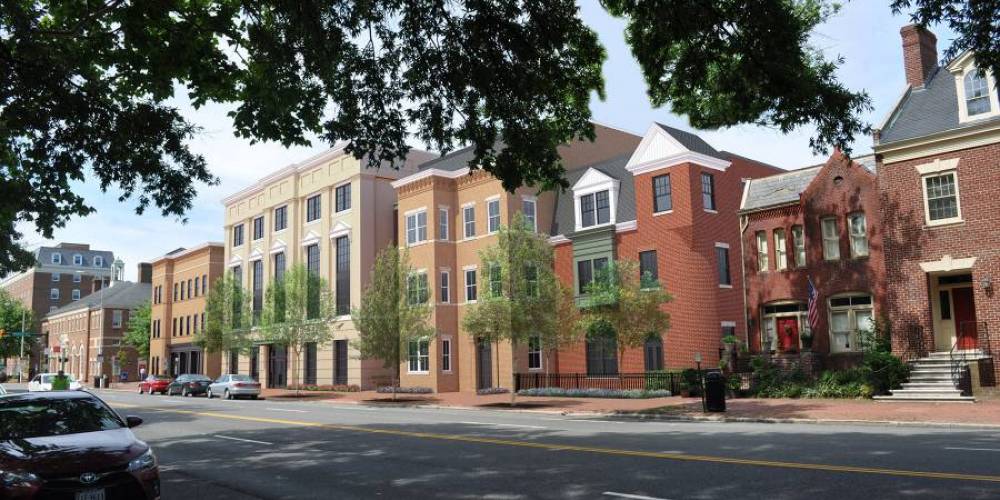
The push for designing for health and wellness often takes place in the private business sector, with companies looking for new ways to invest in their employees and increase employee productivity and retention. For businesses, creating a work environment designed for employees’ needs makes sense: happier, healthier people who feel invested in are more productive and have reduced absenteeism. While businesses are able to leverage design for well-being as a recruitment tool, employers do not have any stake in employee residences.
Many in the architecture, engineering and construction community are familiar with the statistic that humans spend 90% of our time indoors. A further look into the study1 that produced this number, shows that only 5.4% of our time is spent in offices and that the majority of our time, 68.7%, is spent in our residences.
With 68.7% of our time spent in our homes, the case for healthy and sustainable homes is apparent. Poor indoor air quality, bad moisture control, materials with toxic chemicals, and locations that do not promote regular exercise can all have a detrimental effect on our health in the long and short term.
Multi-residential buildings and assisted living facilities have a unique opportunity over single family homes because their occupant density and size allows for more impactful sustainability and resilience measures, while also improving the health and well-being of many people.
For assisted living facilities, occupant comfort and happiness is a top priority. Design teams can implement features that positively effect both the occupant and environment. Operable windows allow occupants thermal control and increased outdoor air. Rooms with higher ceilings and taller windows allow daylight to reach further into the building and allow occupants with limited mobility views to the outdoors. Design teams can help to provide places for mental restoration by incorporating outdoor courtyards, gardens, water features, or green areas with seating adjacent to the building. Designers can also help to encourage exercise by providing lean rails throughout the building to help residents move independently.
In multi-residential projects, proximity to diverse uses and alternative transportation is key to encourage walking and reduce emissions associated with vehicles. Design and construction teams can help to reduce the overall embodied carbon of residential buildings while also minimizing occupant exposure to harmful chemicals. Sustainability frameworks such as WELL, Living Building Challenge, and LEED address material consideration through Red Lists and encouraging project teams to obtain chemical inventories and environmental product declarations for building materials.
Indoor air and water quality improvements are additional features of healthy design in multi-residential and assisted living spaces. Indoor air quality should focus on enhanced filtration, appropriate exhaust systems, humidity control, mold prevention, and elimination of combustion based appliances such as fireplaces and gas stoves. For water systems, enhanced water filtration can be used to remove sediment, microorganisms, and inorganic and organic contaminants to provide occupants with high quality drinking water.
To round out the sustainable design process, buildings must have ongoing operational excellence and emergency preparedness to truly be sustainable and resilient. Regular mold inspections, filter replacements, sustainable purchasing of lighting, paints, and other repairs materials, pest control, and regular water testing will help facilities personnel maintain a healthy and efficient building. Rating systems like RELi, WELL, and Fitwel offer guidance in creating emergency preparedness plans and establishing protocols that can help keep residents safe during natural disasters and other emergencies.
Multi-residential and assisted living buildings provide an opportunity to start integrating all aspects of sustainability into the environments that we spend most of our time. Through an integrative approach, design teams can address the triple bottom line and create buildings with reduced impact on the environment and their occupants.
- Klepeis, Neil E., et al. The National Human Activity Pattern Survey (NHAPS): A Resource for Assessing Exposure to Environmental Pollutants. 2001.
